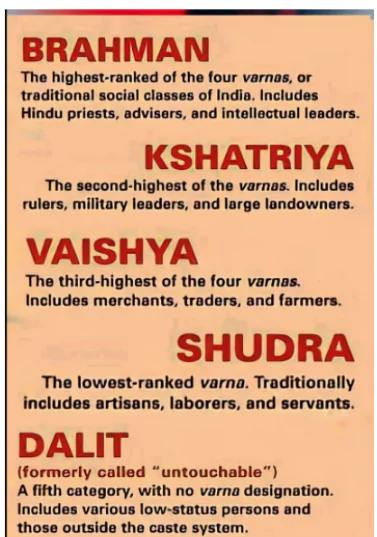![]() April 20, 2024
April 20, 2024
![]() 7893
7893
![]() 0
0
During the Later Vedic Period (1000-600 BCE), Indian society was structured into varnas (social classes) with Brahmins, Kshatriyas, Vaishyas, and Shudras. Social mobility was limited, but rituals, trade, and agriculture played pivotal roles in shaping societal dynamics.

|
| Chandala were a group within Panchamas (fifth varna) who were excluded from the varna system. They were considered the untouchable class. |
|
Must Read |
|
| Current Affairs | Editorial Analysis |
| Upsc Notes | Upsc Blogs |
| NCERT Notes | Free Main Answer Writing |
<div class="new-fform">
</div>
Latest Comments